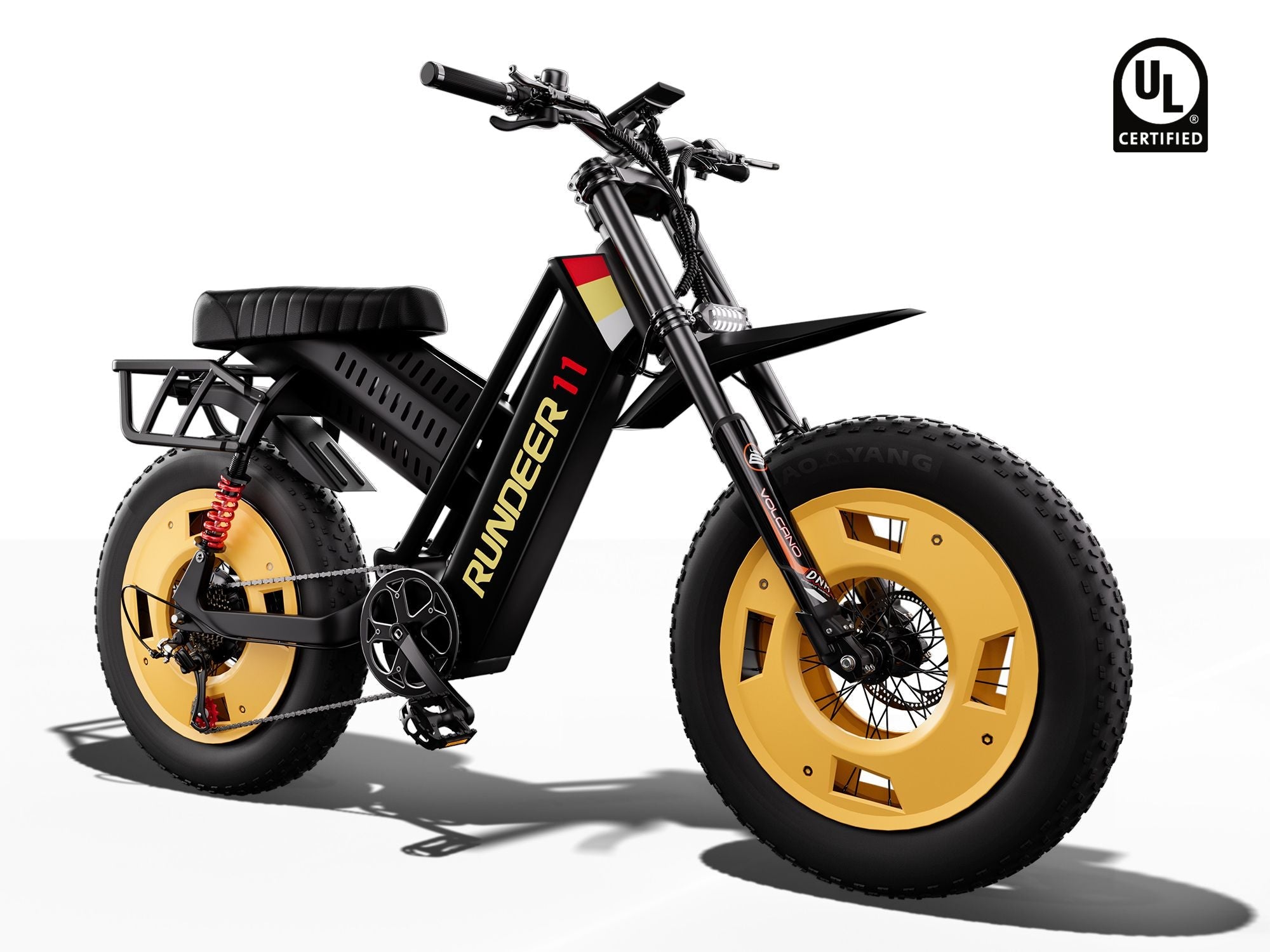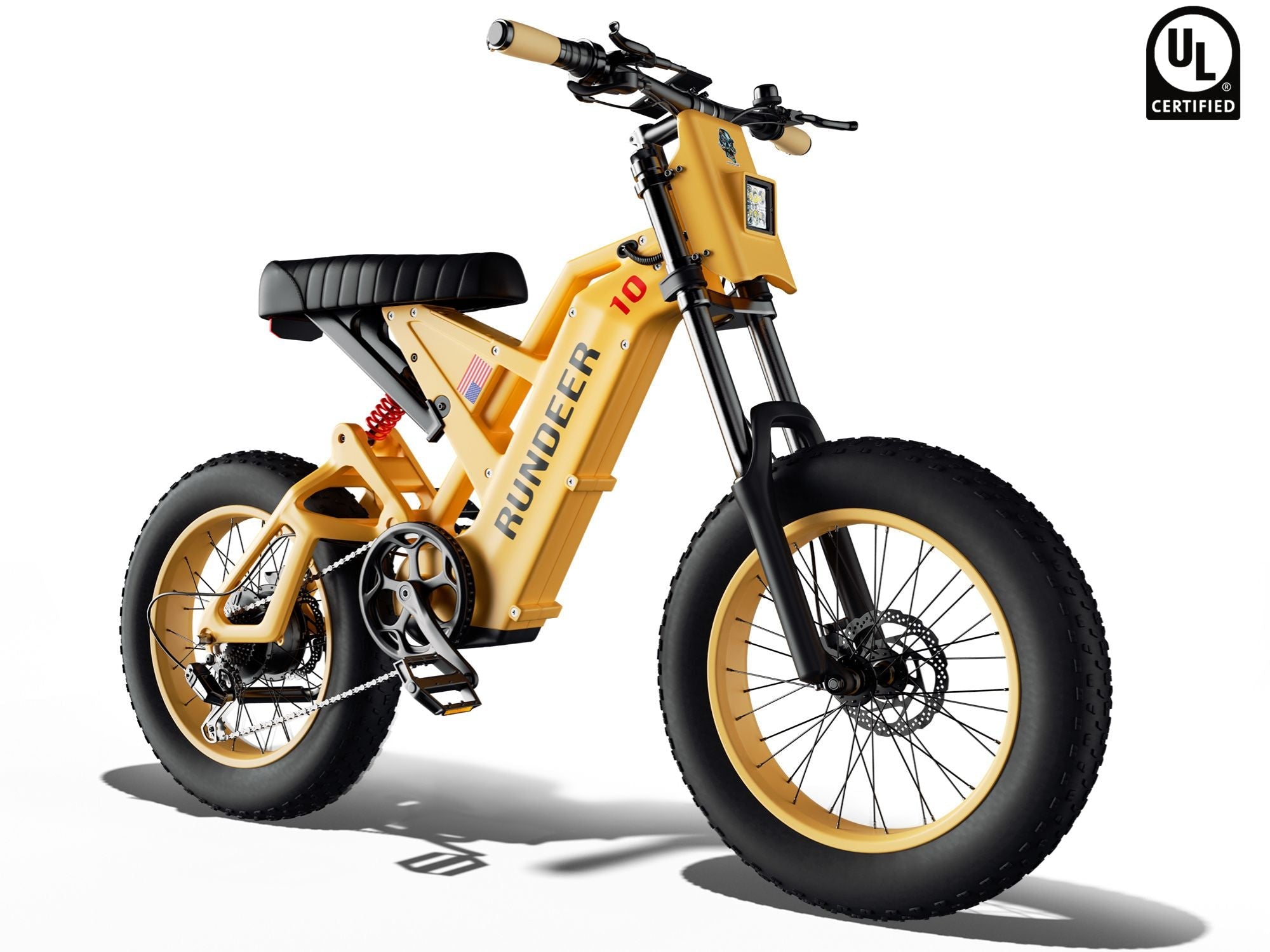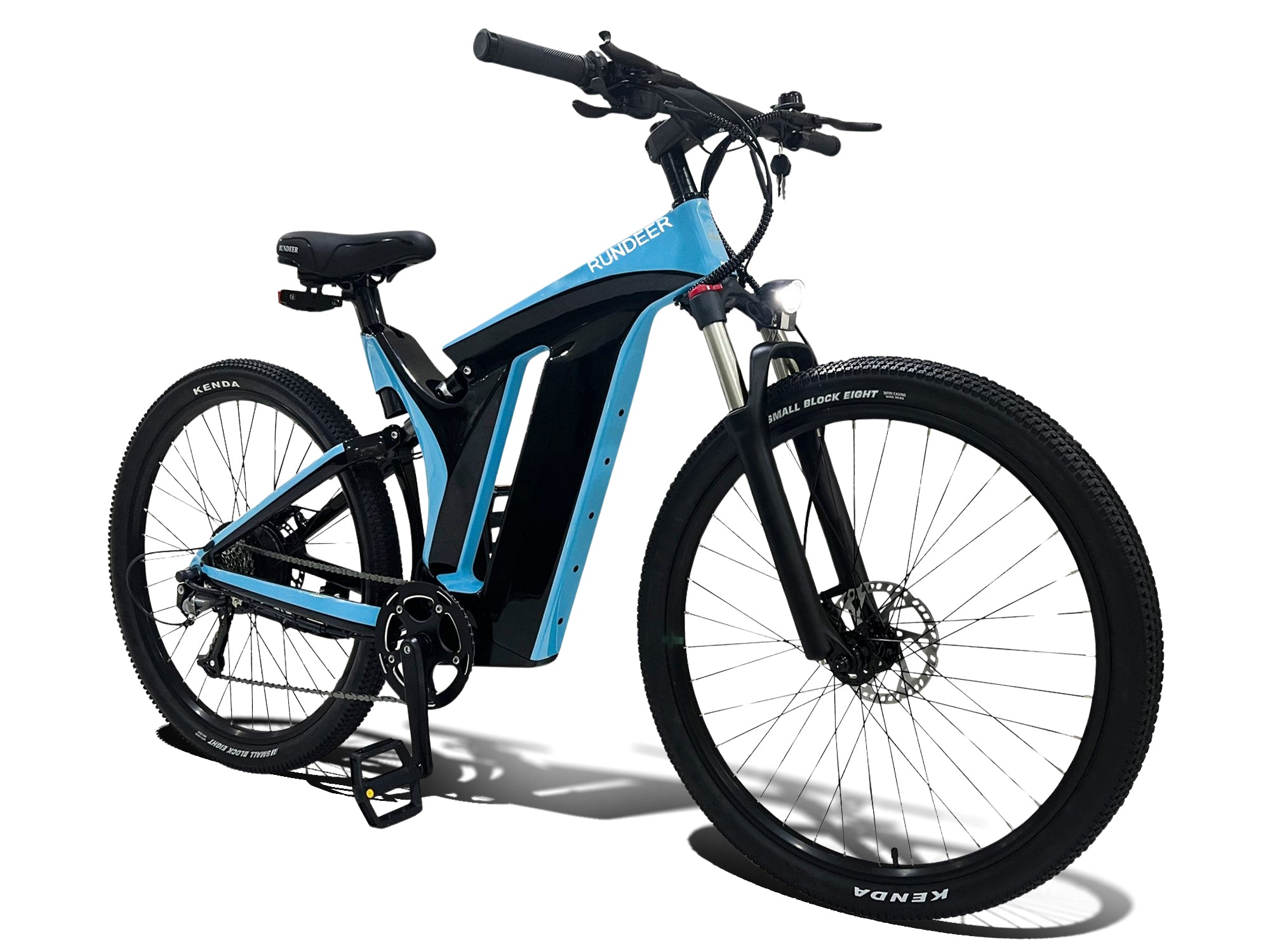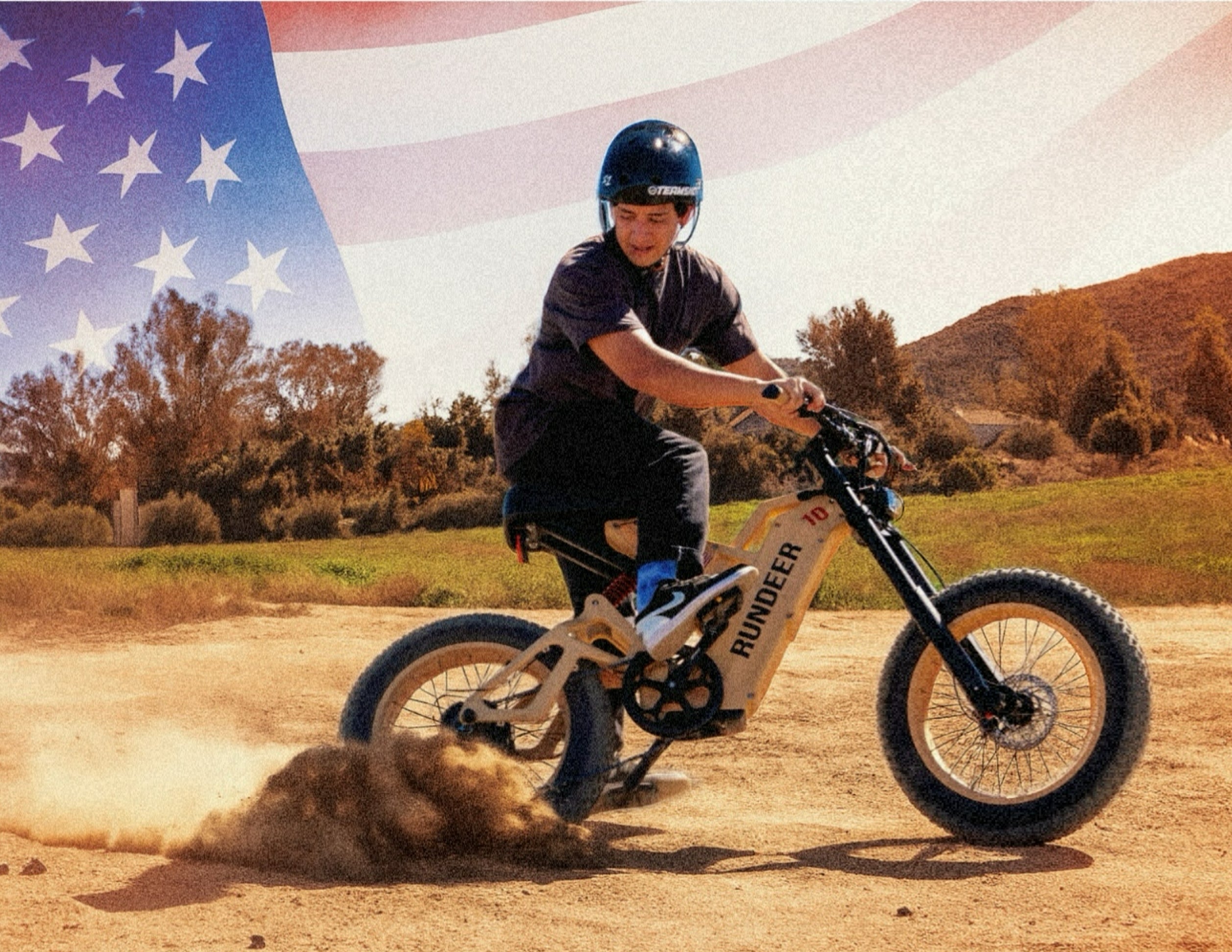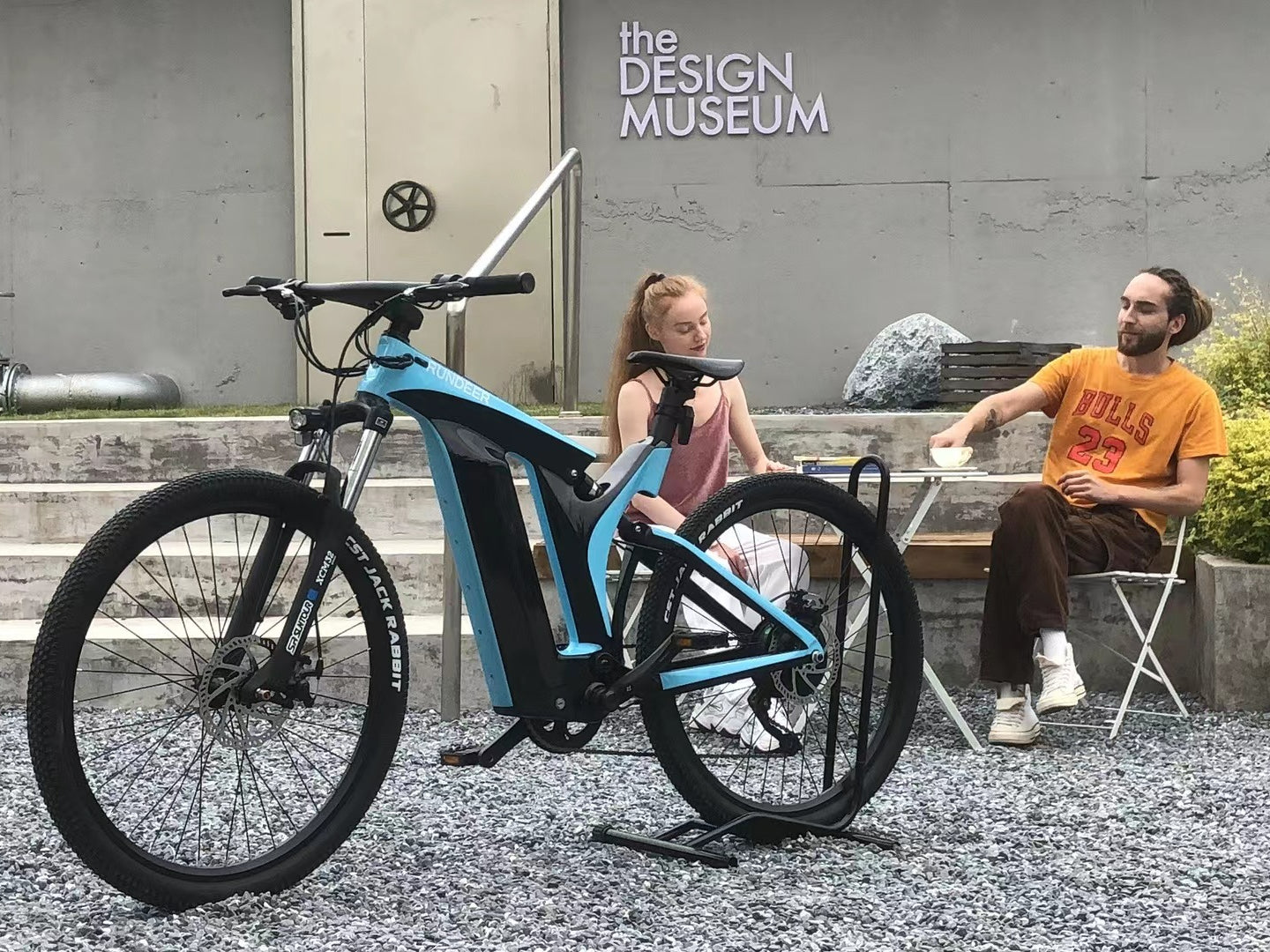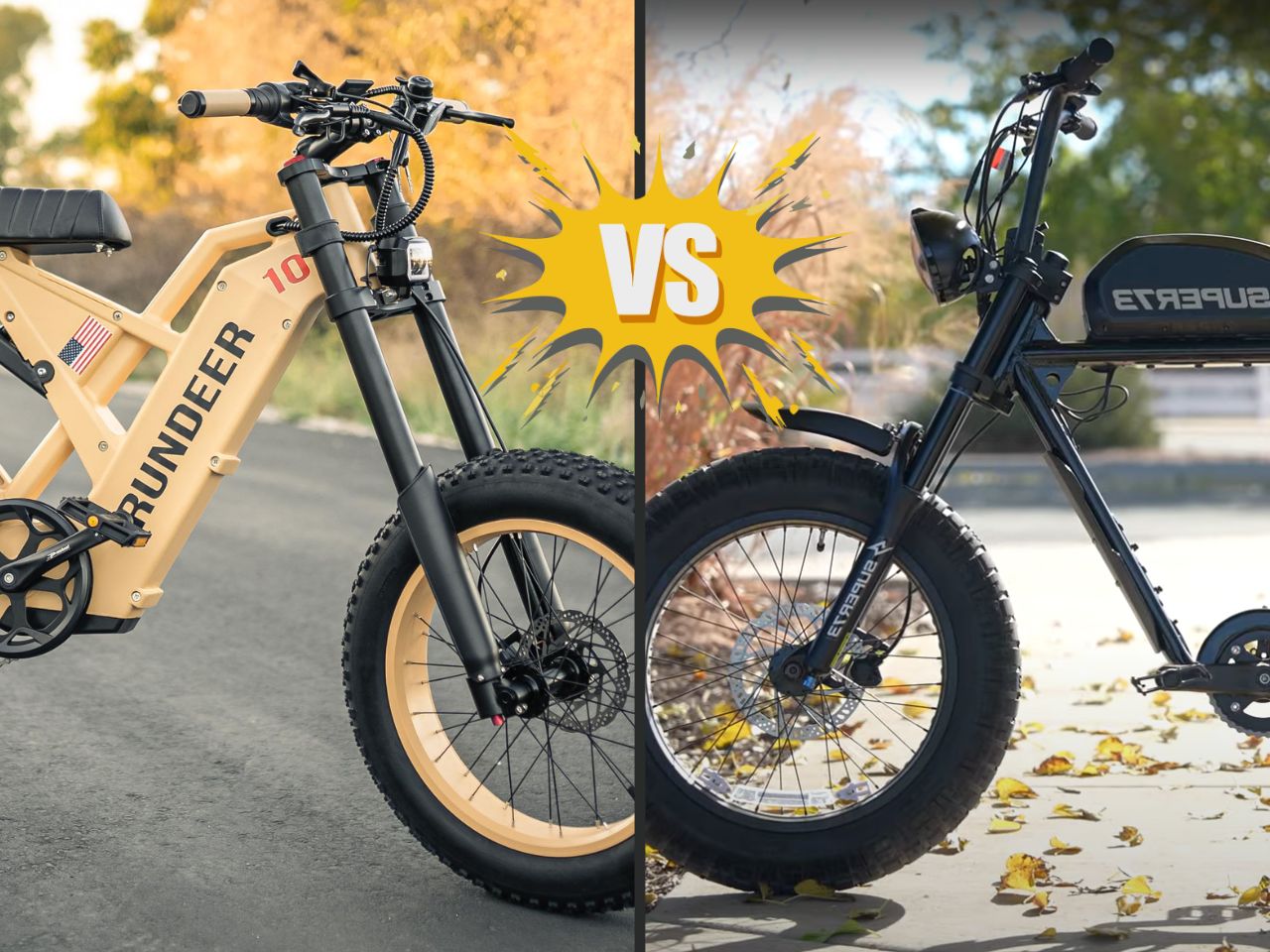Standing at the crossroads of e-bike options can feel overwhelming. The choice between hardtail and full suspension electric mountain bikes represents more than just a component decision—it's about matching technology to your riding ambitions. This comparison will guide you through the fundamental differences, helping you find the perfect match for your adventures.
Quick Comparison: Hardtail vs. Full Suspension E-Bikes
| Feature | Hardtail E-Bikes | Full Suspension E-Bikes |
| Weight | Typically lighter | Heavier due to additional components |
| Price | More affordable | Higher price point |
| Terrain Suitability | Smooth trails, gravel, moderate singletrack | Technical trails, rocky descents, rough terrain |
| Maintenance | Lower maintenance requirements | More complex maintenance needs |
| Power Transfer | Direct and efficient | Slightly less efficient |
| Comfort | Moderate | Superior on rough terrain |
| Control | Good on smooth surfaces | Excellent on technical trails |
What Makes a Hardtail Ebike Work?
The Essence of Hardtail Electric Mountain Bikes
At their core, hardtail electric mountain bikes combine electric assistance with a rigid rear frame and front suspension fork. This fundamental design offers the perfect balance of simplicity, efficiency, and trail capability while integrating modern electric drive systems.
Hardtail electric mountain bikes earn their dedicated following through several distinct advantages. The simplified rear end—without linkages, pivots, or a rear shock—creates a mechanically straightforward machine that offers riders specific benefits.

Weight Advantages on the Trail
Weight savings stands as perhaps the most immediate advantage. Without the additional components required for rear suspension, hardtails typically weigh 2-4 pounds less than comparable full suspension models. This weight difference becomes particularly noticeable during climbs and when maneuvering the bike in technical situations.
Superior Power Transfer
The direct power transfer from pedal to wheel represents another significant hardtail strength. When you push down on the pedals of a hardtail, your energy travels efficiently to the rear wheel without any suspension movement absorbing your effort. For riders who value efficiency, especially on smoother climbs, this directness creates a satisfying riding experience.
Hardtail Durability Factors
Fewer moving parts translates directly to reduced maintenance requirements and potential failure points. Without rear suspension pivots that can develop play or bearings that need periodic replacement, hardtails offer a compelling case for riders who prioritize simplicity and reliability.
Cost-Effectiveness and Value
The value proposition of hardtails can't be overlooked either. Without the engineering complexity and additional components of rear suspension systems, manufacturers can often deliver hardtails at more attractive price points—or alternatively, upgrade other components while maintaining a competitive total cost.
Full Suspension Ebikes Explained: The Comfort and Control
What Is a Full Suspension Ebike?
Full-suspension electric mountain bikes are the height of off-road comfort and capability. By including front and rear suspension components, the vehicles are designed to dissipate impacts in two planes, keeping both wheels in optimal contact with the ground over rough terrain.

Key Components of Full Suspension Systems
The essence of any full suspension design is its frame geometry and suspension linkage. There are many systems, ranging from simple single-pivot designs to sophisticated four-bar linkages, each having different performance characteristics. What they all have in common is their capacity to decouple rider and drivetrain from the jarring shocks of rough terrain.
How Rear Suspension Works
The rear shock on a full suspension e-bikeforms several critical functions:
● Absorbs impacts from obstacles, protecting both rider and frame
● Maintains rear wheel traction during braking and while traversing uneven surfaces
● Reduces rider fatigue on long descents and technical terrain
● Provides tuning options to match rider weight and terrain preferences
Benefits vs. Trade-offs
There are a few trade-offs to this advanced suspension action. The additional components add weight, complexity, and cost to the bike. But for riders who tackle technical terrain on a frequent basis, these drawbacks are soon overshadowed by the performance advantages.
Who Should Choose Full Suspension?
Full suspension ebikes are appropriate for riders who need comfort and control on rough terrain, technical downhill descents, and long trail riding where fatigue becomes a factor.
Matching Suspension to the Trail: Hardtail vs. Full Suspension Environments
Where Do Hardtails Excel?
Different terrain demands different tools, and understanding where each bike type excels helps match the right machine to your typical riding environment.
Hardtails demonstrate their strengths on smoother, flowing trails where efficiency matters most. Their direct power transfer makes them particularly well-suited for:
●Gravel roads and fire trails
●Smooth, rolling singletrack
●Long climbs on consistent surfaces
●Cross-country style courses with moderate technical features
When Hardtails Struggle
The lack of rear suspension becomes most apparent on repeated high-frequency impacts—like rocky sections or root gardens—where the continuous jarring can quickly lead to rider fatigue.
Ideal Full Suspension Terrain
Rocky, technical descents where maintaining control at speed is critical
Root-filled forest trails that create constant high-frequency impacts
Jump lines and drop zones where landing absorption improves control
All-day epics across varied terrain where comfort prevents premature fatigue
How to Make Your Decision
For most riders, the decision often comes down to an honest assessment of where they spend most of their riding time. If your local trails are relatively smooth with occasional technical features, a hardtail might provide the most satisfying experience. If you regularly face rough descents or particularly technical terrain, the control offered by a full suspension design will likely prove worthwhile.
Trail Type Quick Reference
| Trail Type | Better Bike Choice |
| Smooth gravel & fire roads | Hardtail |
| Technical rocky descents | Full Suspension |
| Flowing XC singletrack | Hardtail |
| Root-covered forest trails | Full Suspension |
| Long climbs | Hardtail |
| Jump lines & drops | Full Suspension |
Upkeep Considerations: Maintenance Needs of Hardtail vs. Full Suspension
What Does a Hardtail Need for Maintenance?
Long-term ownership considerations must be made in any purchasing decision of an e-bike. The upkeep requirements between such bikes are very different.
Hardtail maintenance primarily focuses on the front suspension fork, which needs servicing every so often to perform at its best. Aside from this, generic bike maintenance remains—drivetrain cleaning, brake pad replacement, and general inspections.
What Additional Maintenance Does Full Suspension Need?
Full suspension bikes add several maintenance points:
● Rear shock service (typically recommended every 100-200 hours of riding)
●Pivot bearing inspection and replacement as needed
● Suspension linkage bolt torque checks
● More frequent cleaning to remove dirt from suspension components
Can I Maintain a Full Suspension Bike Myself?
For riders who handle their own maintenance, the complexity of full suspension designs can present additional challenges. Disassembling pivots and properly adjusting rear suspension requires specialized tools and knowledge that some home mechanics may find daunting.
Maintenance Comparison at a Glance
| Maintenance Aspect | Hardtail | Full Suspension |
| Service Points | Fork only | Fork + shock + pivots |
| Annual Cost | Lower | Approximately double |
| Cleaning Needs | Standard | More frequent and thorough |
| DIY Difficulty | Moderate | Advanced |
| Service Interval | 100-200 hours (fork) | 100-200 hours (both fork and shock) |
Which Is Easier to Maintain?
Hardtails are definitively easier and less expensive to maintain with fewer moving parts, simpler cleaning requirements, and approximately half the suspension service costs of full suspension bikes.
Choose Your Perfect E-Bike Suspension
The perfect e-bike suspension system aligns with your personal riding style and local terrain. Hardtails offer simplicity, efficiency, and a direct connection to the trail. Full suspension designs provide superior comfort, control, and capability on technical terrain. Consider your typical riding environment, physical needs, and budget carefully when making this important decision.

